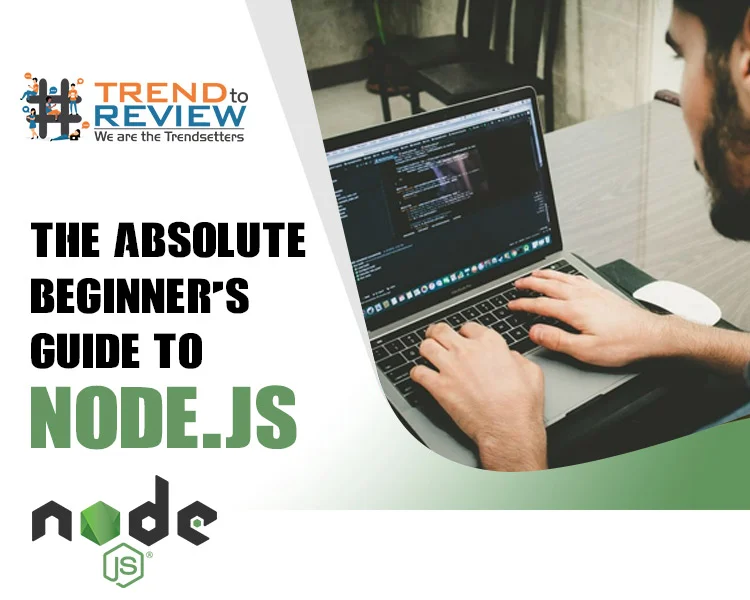If you are associated with the world of coding, you should already be familiar with Node.js. It is basically a runtime environment, which is essentially cross-platform and open source in nature and its writing is done in JavaScript. The foundation is done on Chrome’s V8 JavaScript Engine which does the entire parsing and execution of the JavaScript codes.
The fact that it is lightweight can be attributed to the factor of it using an event-driven and non-blocking I/O model. This model of programming has the most contribution to Node gaining so much popularity.
In terms of functionality, Node is the most suitable for applications like websites and chat apps. The reason behind this is that these apps require synchronized andreal-time interactions.
How Do You Start with Node.js
In order to use Node.js as the next steppingstone of your career, you can opt for a very good Node.js course
and take a look at the tips below:
· Get a good grasp of JavaScript
This is a very basic requirement. Since Node is written in JavaScript, it will definitely be a good idea to learn it well. This will also need you to understand the functions, scopes, promises, classes, callbacks, and module patterns. You will also have to get a grasp of how Numbers, Strings, Arrays, Sets, Maps, and Objects work.
· Why the name Node
Understanding Node involves understanding its nomenclature. It is named that way because, with it, you can construct basic single-process blocks, which are in turn called Nodes. Organizing these nodes will involve good protocols in networking,facilitating mutual communication. These protocols also help in scaling up, thereby building huge, distributed programs.
· Node Non-Blocking
It is the most important feature of Node. Here you will need to understand the asynchronous I/O operations where the codes lines adhere to a non-clocking kind of pattern.
- Provide functions to Node for execution.
- Provide some arguments for the functions.
- Provide a callback with the function
- After this Node can go ahead and obtain instructions from the other lines
- After the function is completed, Node is supposed to call your callback along with the computation results
· Know What is an Event Loop
To put it simply, there are 3 things – the stack, the heap, and the queue. Inside the loop, the queue is polled for the following message and once this message is received, the relevant callback is executed.
· Know the Global Variables
If you want to see all the options, you have to type global in the Node REPL,i.e. the Node Read-Eval-Print-Loop. Once you see the functions of the JavaScript and Node library and the Node global objects, you can also go and learn their respective functions.
· Learn using the Libraries
The libraries can be used to understand the functioning of the TCP server, reading or writing files with ‘’fs” or even running a web server with “http”, which is stream–ready.
· Learn Node Code Writing
Read the codes from “Express” and other frameworks and try and understand them. You can also read in groups if that makes it easier.
Once you have done the above, you will be having a strong foundation that will prove to be extremely helpful, career wise, in the long run.



